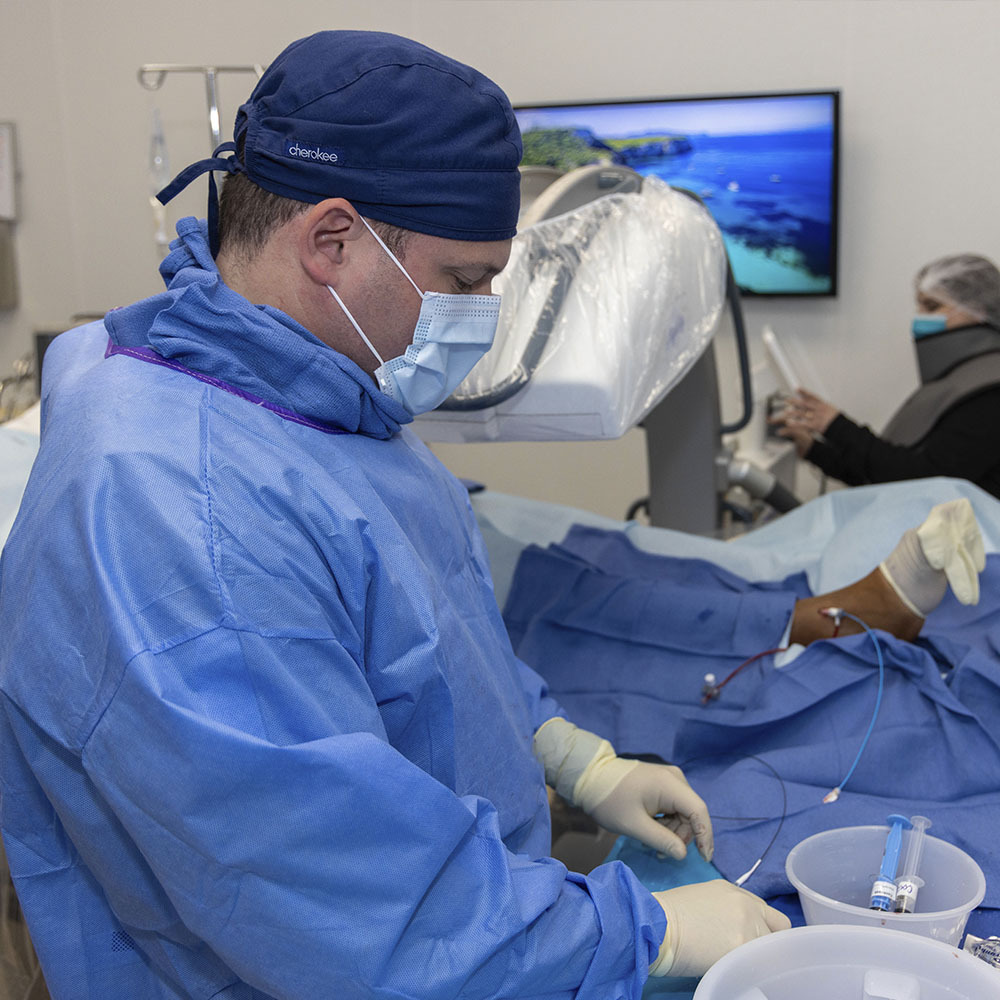
 Varicose veins are often considered a cosmetic issue due to their twisted, bumpy and bulging appearance, but they are much more than that. They are a severe threat to circulatory health and can lead to life-threatening conditions if they are not treated timely.
Varicose veins are often considered a cosmetic issue due to their twisted, bumpy and bulging appearance, but they are much more than that. They are a severe threat to circulatory health and can lead to life-threatening conditions if they are not treated timely.
As varicose veins result from an underlying medical condition called venous insufficiency, the treatment is liable to be covered by insurance except in cases where your problem is considered cosmetic. Insurance companies protect varicose vein treatment procedures if they are determined to be a medical necessity. Discuss this aspect with your doctor, who will tell you more about getting a varicose vein procedure covered by insurance.
At the Astra Vein Treatment Center, Dr. George Bolotin helps you seek insurance to cover your varicose vein removal by accurately diagnosing the severity of your symptoms. Schedule an appointment now and learn how the vein care specialist can make you feel better with timely support and care without overspending on treatment.
Insurance companies want to review the results of venous ultrasound before they are ready to cover the treatment for varicose veins. Your veins will be examined in detail by a doctor who will carry out the necessary tests. Ultrasound is needed to determine if your veins are causing painful symptoms such as swelling, ulcers, heaviness, throbbing, and backward blood flow, known as venous reflux.
Suppose varicose veins appear to be a risk to your vascular health and are likely to cause further complications such as a ruptured bleeding vein or recurrent blood clots or phlebitis. In that case, they will be considered a medical issue. Patients can even get their varicose veins surgery covered by insurance with professional guidance and diagnosis.
Many insurance companies require patients to undergo conservative treatment that includes exercise, weight loss, the elevation of legs, and wearing compression stockings anywhere from 6 weeks to 3 months before approving their coverage.
Insurance companies consider varicose veins a cosmetic issue if only a smaller area has been affected by the problem, the diameter of the vein is small, and it is non-symptomatic. Superficial spider veins that do not cause any circulatory issues are more likely to be called cosmetic and are not paid by the insurance company. The patients will have to pay for treatment themselves as it is not a necessary medical condition in such a situation.
If you have any doubts about your varicose veins, do not waste any time approaching a vein expert doctor to have your problem accurately diagnosed. The vein specialists work closely with patients to ensure they have the best chances of getting their treatment costs approved by the insurance. They run all the qualifying tests, including blood works and vein screening, to help patients get the best advice on their condition.
Once the payment is sorted, you can look forward to getting your varicose veins treatment process moving swiftly to seek relief from painful symptoms. With the help of minimally invasive procedures, you can look forward to getting rid of varicose veins for good. You must talk to the doctor about varicose vein removal procedures taken care of by insurance and how they work.
The best procedure for treating advanced varicose veins is Ambulatory Phlebectomy. It is a method in which twisted and swollen varicose veins on the surface of the legs are removed. The doctor makes a small incision, just the size of a freckle, to access the affected vein. A small catheter is inserted into the vein, and heat is used to shut this vein down. The procedure is performed under local anesthesia, and as the incisions are small, they heal independently without any need for stitches.
Other procedures for removing varicose veins include:
These procedures take very little time, just about 30 to 60 minutes, depending on how many veins are treated. The doctor advises 15 minutes of elevating after the procedures to ensure success. Most patients can get back to work the next day.
After the vein is removed, you may experience:
If the doctor has used stitches to close down bigger veins, they will dissolve on their own, or the vascular surgeon will remove them a few days after the surgery. You must remain active after the surgery to keep up the blood flow. Doctors recommend keeping your legs elevated to avoid pressure on the leg veins.
Your doctor may recommend the following tips to help you recover quickly. They include:
Schedule an appointment with Dr. George Bolotin to have your varicose veins identified and evaluated most accurately. He will help you understand how to get insurance to cover varicose vein treatment and which procedure will work best for your veins. You can look forward to getting the highest level of care that provides relief from the painful symptoms to live a better quality of life.
Vein & Vascular Medical Care
4209 Ave U, Suite A.
Brooklyn, NY 11234
(347) 934-9068
Vein & Vascular Medical Care
869 E Tremont Ave
Bronx, NY 10460
(929) 447-4563
Vein & Vascular Medical Care
30-71 Steinway St
Astoria, NY 11103
(929) 486-2201